Study Guide & Sample Items
advertisement
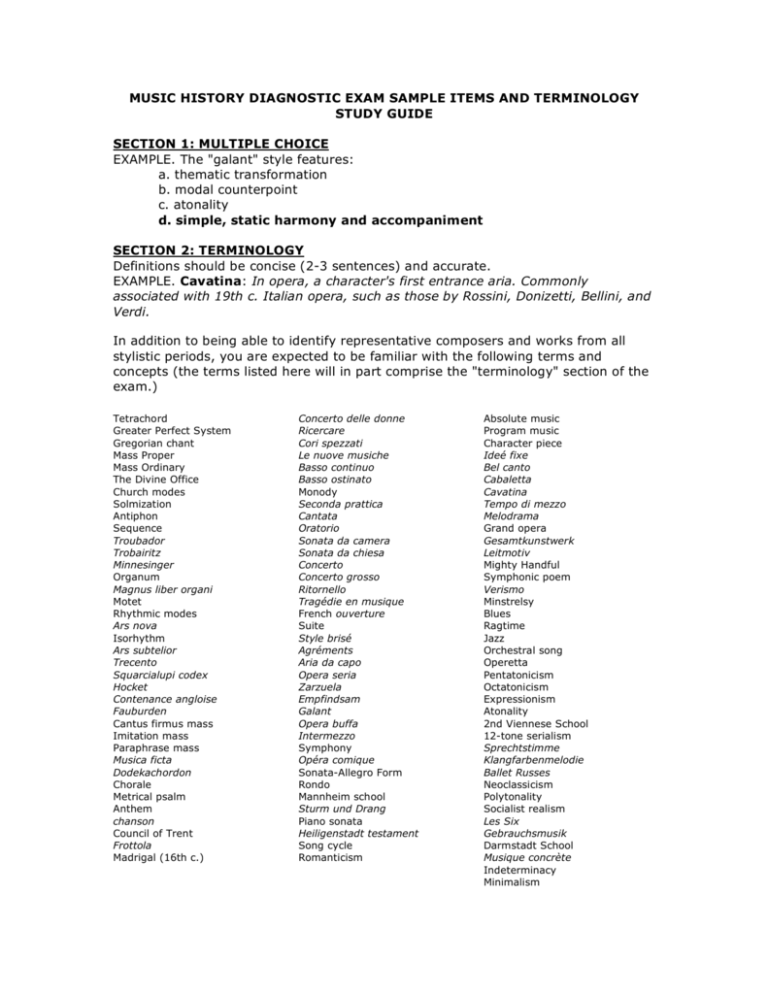
MUSIC HISTORY DIAGNOSTIC EXAM SAMPLE ITEMS AND TERMINOLOGY STUDY GUIDE SECTION 1: MULTIPLE CHOICE EXAMPLE. The "galant" style features: a. thematic transformation b. modal counterpoint c. atonality d. simple, static harmony and accompaniment SECTION 2: TERMINOLOGY Definitions should be concise (2-3 sentences) and accurate. EXAMPLE. Cavatina: In opera, a character's first entrance aria. Commonly associated with 19th c. Italian opera, such as those by Rossini, Donizetti, Bellini, and Verdi. In addition to being able to identify representative composers and works from all stylistic periods, you are expected to be familiar with the following terms and concepts (the terms listed here will in part comprise the "terminology" section of the exam.) Tetrachord Greater Perfect System Gregorian chant Mass Proper Mass Ordinary The Divine Office Church modes Solmization Antiphon Sequence Troubador Trobairitz Minnesinger Organum Magnus liber organi Motet Rhythmic modes Ars nova Isorhythm Ars subtelior Trecento Squarcialupi codex Hocket Contenance angloise Fauburden Cantus firmus mass Imitation mass Paraphrase mass Musica ficta Dodekachordon Chorale Metrical psalm Anthem chanson Council of Trent Frottola Madrigal (16th c.) Concerto delle donne Ricercare Cori spezzati Le nuove musiche Basso continuo Basso ostinato Monody Seconda prattica Cantata Oratorio Sonata da camera Sonata da chiesa Concerto Concerto grosso Ritornello Tragédie en musique French ouverture Suite Style brisé Agréments Aria da capo Opera seria Zarzuela Empfindsam Galant Opera buffa Intermezzo Symphony Opéra comique Sonata-Allegro Form Rondo Mannheim school Sturm und Drang Piano sonata Heiligenstadt testament Song cycle Romanticism Absolute music Program music Character piece Ideé fixe Bel canto Cabaletta Cavatina Tempo di mezzo Melodrama Grand opera Gesamtkunstwerk Leitmotiv Mighty Handful Symphonic poem Verismo Minstrelsy Blues Ragtime Jazz Orchestral song Operetta Pentatonicism Octatonicism Expressionism Atonality 2nd Viennese School 12-tone serialism Sprechtstimme Klangfarbenmelodie Ballet Russes Neoclassicism Polytonality Socialist realism Les Six Gebrauchsmusik Darmstadt School Musique concrète Indeterminacy Minimalism SECTION 3 & 4: LISTENING & SCORE ID (Question format applies to both sections) SCORE ID EXAMPLE. 1. ID: 13th century two-voice motet, anonymous ("Franconian" motet) 2. Qualify your answers with a brief stylistic analysis: There are two voices, with both voices singing different texts and melodic lines. The bottom voice sings a chant melody on "Dominus" while the top voice subdivides the bottom voice in rhythmic modes. Based on these observations, this excerpt most likely comes from the motet repertory of the 13th century.
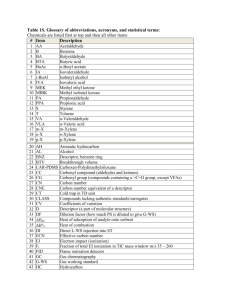
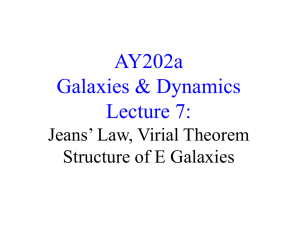
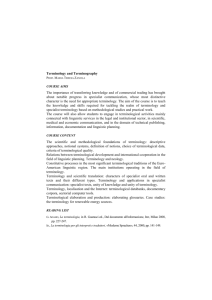
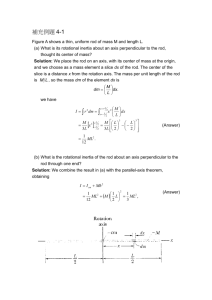
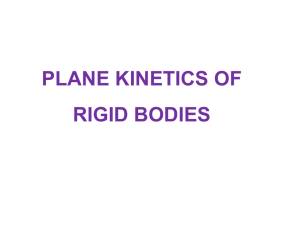

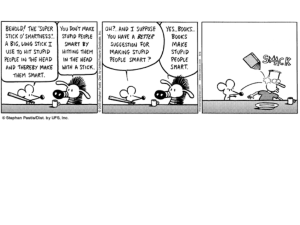
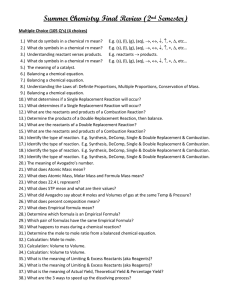
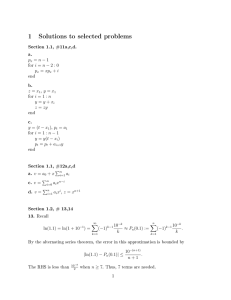
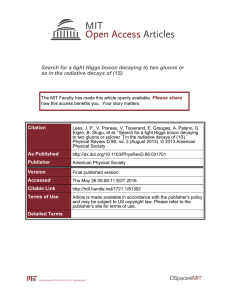
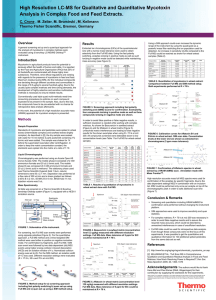
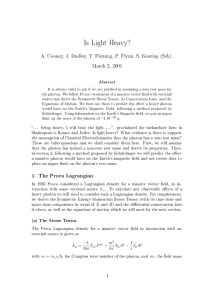
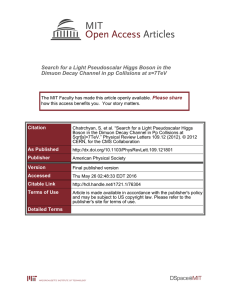
![Observation of [¯ over B][0 over (s)] J/f[subscript 1](1285)](http://s2.studylib.net/store/data/011961947_1-7112300036f0d7aa56a9fefa1a167b2a-300x300.png)
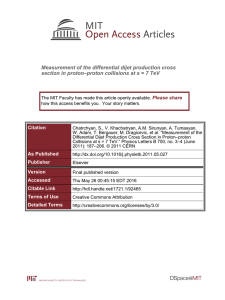
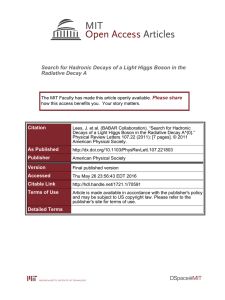
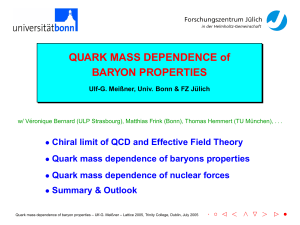

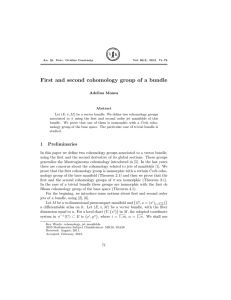
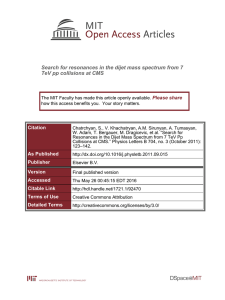
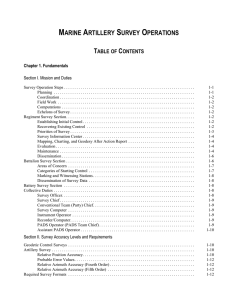
![Measurement of the top-quark mass in all-jets t[bar over t]](http://s2.studylib.net/store/data/011906409_1-44a321e596c67916c5e23bceae1677d0-300x300.png)